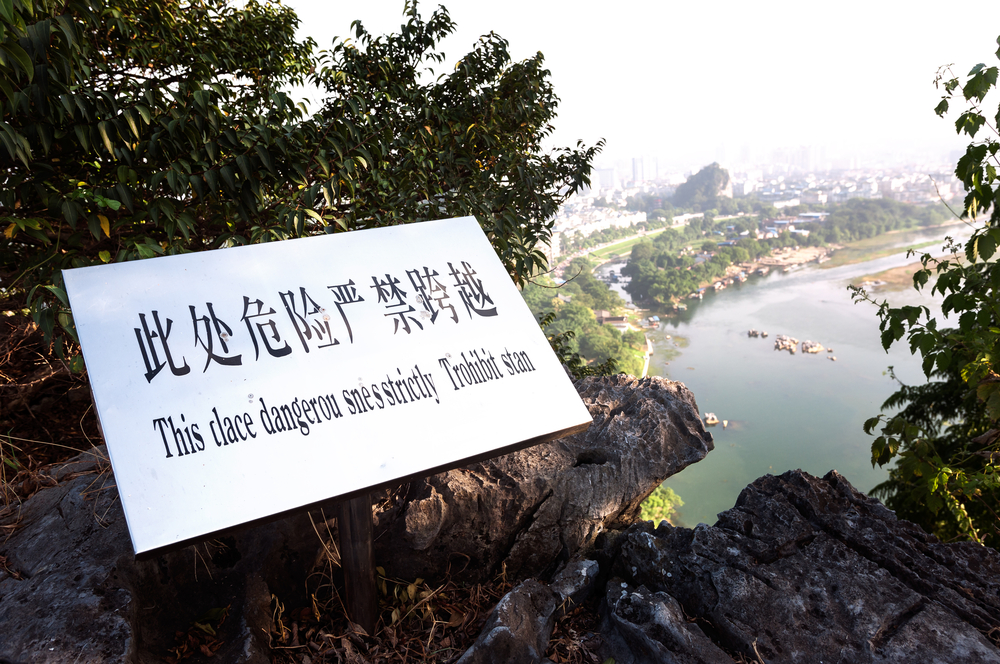

4 Ways to Get Your Marketing Materials Effective in China
Planning to launch your marketing campaigns overseas? If you’re targeting an enormous market like China, hard work and perseverance are indispensable to woo Chinese consumers’ hearts.
From market research to launching ads, the process can be overwhelming if there are gaps between ideation to implementation. Moreover, if the in-house market team misses the most crucial yet subtle information about your target audience, it can be disastrous, especially when there are translation mistakes.
In this article, you’ll find out how to get your marketing materials effective with guiding principles to help you publish promotional content in Chinese that is relevant, engaging, and show results.

Combine translation and copywriting for targeted messages
Researching and data collection for campaigns are possible when exploring local social media channels, forums, and sites. It increases your knowledge and understanding of Chinese consumers as you listen or observe their posts, preferences, and lifestyles.
For global brands, skipping the local resources can lead to misunderstanding of the audience. Thus, a lack of understanding affects the project requirements pass on to professional translators. The result? Translations and copywriting projects become generalized or not targeted for the customers.
For example, publishing content on social media channels in China is geared towards frequency (the number of posts per day) and targeted messages to a specific audience (millennials, Gen-Z, baby boomers, etc). The medium or channel to focus on (WeChat, Weibo, Douyin, etc.) — Chinese consumers love interacting with brands directly. Hence, it’s not advisable to launch campaigns and communications that are too generic.
Hire Chinese graphic designer and copywriter for localization
The China market is huge, and consumers have different preferences, depending on the demographics. With that being said, western companies shouldn’t assume that what works in the west — the marketing strategies and content they use — will work on the Chinese consumers.
For example, translators and copywriters who are translating tag lines, slogans, and website copies, should also consider the right words, tone, and style that isn’t offensive to the audience. Some western brands writing voice and style are aggressive and straightforward. That’s why translators need to transcreate the texts so they will make sense to the consumers.
Hire Chinese graphic designers so you can improve your DTP layout for your online and print ads.
What’s more, the communication channels in the west are ultimately different in China. For instance, while billboards, TV ads, and other outbound marketing channels still work, most consumers, whether in the streets of Beijing or Shanghai or commuting in the subway, are glued on their mobile devices.
That’s why, for overseas companies, investing in mobile advertisements is one of the keys to increasing engagement and growing brand awareness.
Use QR codes as the primary CTA buttons
Most western brands invest heavily in email marketing and CRM tools because emails and newsletters are effective channels to promote products and services. However, although some consumers are familiar with newsletters and email in China, homegrown companies understand the power of QR codes.
Consumers in China scan a QR code to follow a brand, opt-in in an advertisement, even if they came across it on a traditional channel like a poster or brochure. They also use QR codes to pay merchants and establishments.
That being said, if you’re translating your marketing materials, don’t forget to generate QR codes for the links of your landing pages, website, social media channels, and others.
Maximize WeChat marketing
Chinese consumers use WeChat in every area of their digital lives such as paying bills, booking tickets, getting the latest fashion trends, making research, and even just for entertainment.
But for brands, WeChat is a gold mine of information, enabling them to directly engage with customers such as direct messaging and other business account features. They can even sell products using eCommerce features. That said, brands can share the latest updates as well about the products as long as customers follow their WeChat account.
Moreover, hiring a Chinese copywriter who’s familiar with the content that’s being used on WeChat can help you communicate the right words to sell and be relevant to your audience.
Final Thoughts for Marketing Materials for China Activity
Some brands prioritize low-cost work rather than quality. Thus they work with amateurs to do the translation and localization work for them. While it is true that amateurs charge less, the repercussions of inadequate quality translation can cost more that can affect the brand reputation.
When working on marketing materials, the professional translator must be a specialist in your industry so that he or she can translate them in proper syntax and terminologies. Poor translations also require re-working and re-hiring of translators to fix the errors; thus, you also spend double in the long run.
All in all, it’s crucial to invest in professional translators and online marketers who also have the right tools to speed up the process. Look for legitimate translator vendors who can provide quotations that can save you more with CAT tool analysis. They are equipped with data, skills, and experience because they understand your customers’ pain points.

 +1-877-574-2407 (US and Canada Toll Free)
+1-877-574-2407 (US and Canada Toll Free)  service@limpid-translations.com
service@limpid-translations.com



